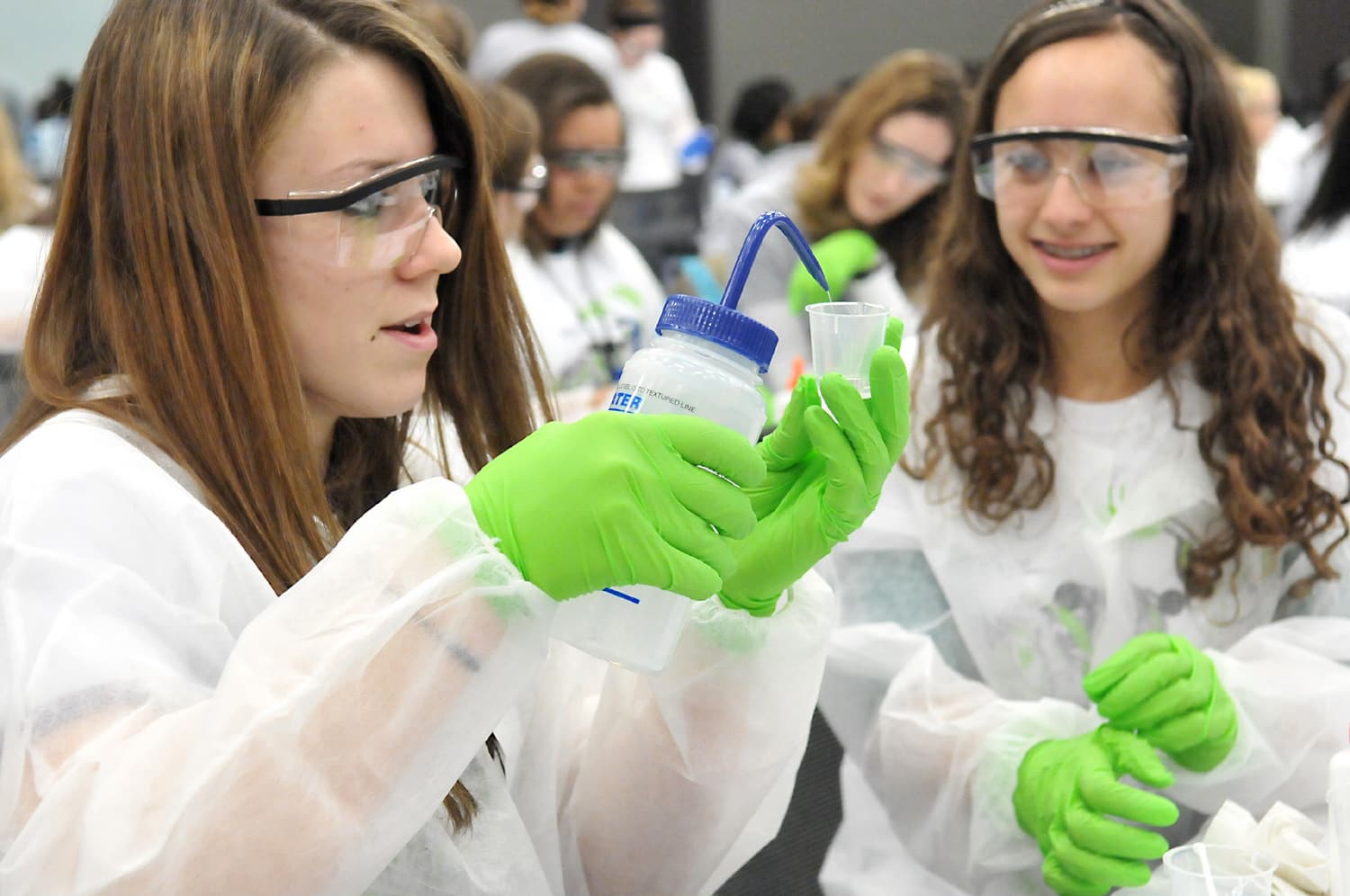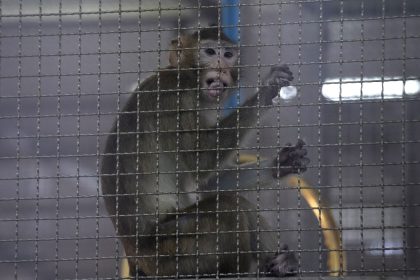Report Reveals Experiences of Women and Minorities in STEM Work

WASHINGTON — A report released Tuesday from the American Enterprise Institute takes a look at the promise and pitfalls of working in science, technology, engineering and mathematics, or STEM, especially for women and minorities.
“These testimonials unearth startling personal insights into the career trajectories, barriers, and experiences of diverse individuals in the STEM field,” said Brent Orrell, a senior fellow from AEI, during a phone call with The Well News.
In 2020, AEI released a survey which showed that women make up well over half the college-educated workforce but only 29% of STEM workers. For underrepresented minorities, the gap is 17% to 13%.
To better understand the obstacles uncovered in the 2020 survey, AEI commissioned Anne Kim, a reporter from Washington Monthly, to conduct qualitative interviews.
Kim conducted interviews of 25 participants consisting of 13 women and 12 men, most of whom had previously participated in the 2020 AEI survey.
Kim surveyed the participants between November 2020 and March 2021 and the research was published in a book called “STEM Voices: The Experiences of Women and Minorities in Science, Technology, Engineering, and Math Occupations.”
Orrell said the research from the qualitative interviews completed by Kim gives a window into two very different worlds of STEM work.
Orrell said many of the White and Asian men in the survey reported there were high levels of job satisfaction, but women and minorities reported feeling dissatisfied and disconnected from the workplace and said they were not seeing opportunities for advancement.
“These different perceptions about working in the STEM workforce amounts to White and Asian men on one side, and women and minorities on the other,” said Orrell.
“I really want to try to elevate the issue of these experiences that women and minorities are having in these STEM occupations, and ask the industry what they think about this. What are they doing to create human resource policies in their organizations to address these challenges? Many companies do recognize this challenge and want a diverse workforce, and want to see underrepresented populations succeeding in this workforce,” continued Orrell.
According to Orrell, the median salary for STEM workers is nearly double the salary of U.S. workers overall, making it a very lucrative profession.
During a phone call with The Well News, Kim said that many women and minorities she interviewed chose jobs in STEM, such as lab work, which have lower pay, but a greater sense of community.
“That field is less lucrative than some of the other fields dominated by men, so that’s the trade off some people are facing. They can be in a field that seems to be more inclusive and more welcoming of who they are, but it may not pay as well as being an astrophysicist, or some hard tech job that doesn’t quite have the soft and fuzziness of those other fields where they are dominated by women,” said Kim.
Kim said that many of those interviewed found that structurally many STEM jobs make it difficult to be family-friendly, such as an IT worker who must attend to a server that goes down at 2 a.m. or an environmental engineer that has to travel to work sites and be away from home for days at a time.
“Women leave the workforce all the time because they don’t have access to paid leave or childcare,” said Kim.
“If a woman ends up leaving the STEM workforce because of family obligations, the odds of her coming back in are really, really small, and that means an enormous loss of talent,” continued Kim.
Kim said that the women and minorities she interviewed also reported experiencing high levels of mental distress.
“Mental fatigue is something that did come through with a lot of the interviews I was having, it was hard for people to get up and go to work every day,” said Kim.
According to Kim, there were a number of consistent barriers for women and minorities in the STEM workforce which seemed to cause this mental distress. Those barriers included a lack of mentors, fewer opportunities for advancement, stereotyping and other work-life challenges.
Kim said these barriers often result in women and minorities having lower rates of job retention and promotion especially for senior management.
“A lot of the solutions for STEM’s diversity crisis have been kind of aimed at fixing the pipeline, that is growing the number of women and minorities focused on STEM in K-12 and higher education. But I think it’s pretty clear the pipeline is not the only problem,” said Kim.
“We will need to tackle the qualitative barriers that ultimately limit the success in STEM if you’re a woman and if you’re not White,” continued Kim.
Alexa can be reached at [email protected]























